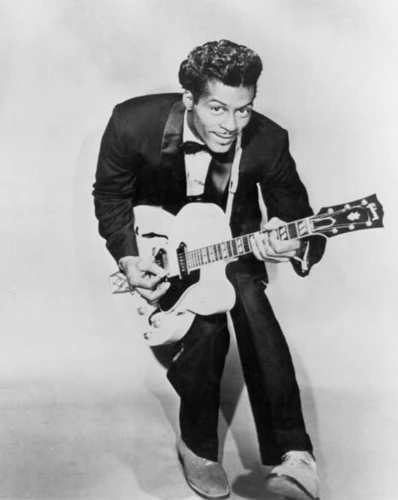The Nashville sound, a subgenre of country music that emerged in the mid-20th century, was characterized by its polished, produced sound, which was a departure from the raw, honky-tonk style that had previously dominated the genre. A key element of the Nashville sound was the use of guitarists who could play smooth, sophisticated lines that complemented the vocals and added depth to the arrangements. In this blog post, we’ll take a look at some of the pioneering guitarists who helped shape the Nashville sound.
Chet Atkins
Chet Atkins, known as “Mr. Guitar,” was one of the most influential guitarists in the history of country music. He was a key figure in the development of the Nashville sound, and his fingerstyle playing technique, which combined elements of country, jazz, and pop, became a hallmark of the genre. Atkins was also a prolific session musician and producer, working with a who’s who of country stars, including Dolly Parton, Waylon Jennings, and Kris Kristofferson.
Hank Garland
Hank Garland was another guitarist who played a pivotal role in the creation of the Nashville sound. He was a versatile musician who could play a wide range of styles, from jazz and rock to country and blues. Garland’s innovative approach to the guitar, which included the use of artificial harmonics and other advanced techniques, helped to define the sound of country music in the 1950s and 1960s. He worked with many of the biggest names in the business, including Elvis Presley, Patsy Cline, and Roy Orbison.
Grady Martin
Grady Martin was a guitarist who was equally at home in country, rock, and pop music. He was a member of the Nashville A-Team, a group of session musicians who played on countless hits in the 1950s and 1960s. Martin’s distinctive guitar sound, which was characterized by its warm, full tone and his use of echo and reverb, can be heard on records by artists as diverse as Marty Robbins, Buddy Holly, and the Beach Boys.
Ray Edenton
Ray Edenton was a guitarist who was known for his versatility and his ability to play a wide range of styles. He was a member of the Nashville A-Team and played on hundreds of sessions, backing artists such as Johnny Cash, Loretta Lynn, and George Jones. Edenton’s rhythm guitar playing was a key element of the Nashville sound, providing a solid foundation for the vocals and other instruments.
Billy Byrd
Billy Byrd was a guitarist who was known for his smooth, melodic style. He was a member of the Grand Ole Opry house band and played on sessions for a variety of artists, including Webb Pierce, Kitty Wells, and Ernest Tubb. Byrd’s guitar work was a key component of the Nashville sound, and his solos and fills added a touch of class to many country records of the 1950s and 1960s.
Jerry Kennedy
Jerry Kennedy was a guitarist who came to prominence in the 1960s and 1970s. He was a member of the Nashville A-Team and played on sessions for a wide range of artists, including Elvis Presley, George Jones, and Tammy Wynette. Kennedy’s guitar playing was characterized by its clarity and precision, and he was known for his ability to come up with memorable hooks and riffs.
Luther Perkins
Luther Perkins was a guitarist who was best known for his work with Johnny Cash. He was a member of Cash’s backing band, the Tennessee Three, and his simple, rhythmic guitar style was a key element of Cash’s signature sound. Perkins’ playing was characterized by its simplicity and its raw, unpolished quality, which provided a stark contrast to the slick, produced sound of much of the Nashville
Interested in learning about the pioneers of Nashville sound guitarists? Explore our articles on the evolution of electric guitarists in country music, the success of acoustic guitarists in country bands, and the influence of classic country acoustic guitarists. Discover how Nashville session guitarists have shaped the music industry with their business insights and contributions.
Conclusion
The Nashville sound was a defining moment in the history of country music, and the guitarists who played on those sessions were an integral part of its success. From Chet Atkins’ fingerstyle technique to Grady Martin’s innovative approach to the guitar, these musicians helped to shape the sound of country music and leave a lasting legacy. Today, their influence can still be heard in the music of contemporary country artists, who continue to build on the foundation laid by these pioneering guitarists.


